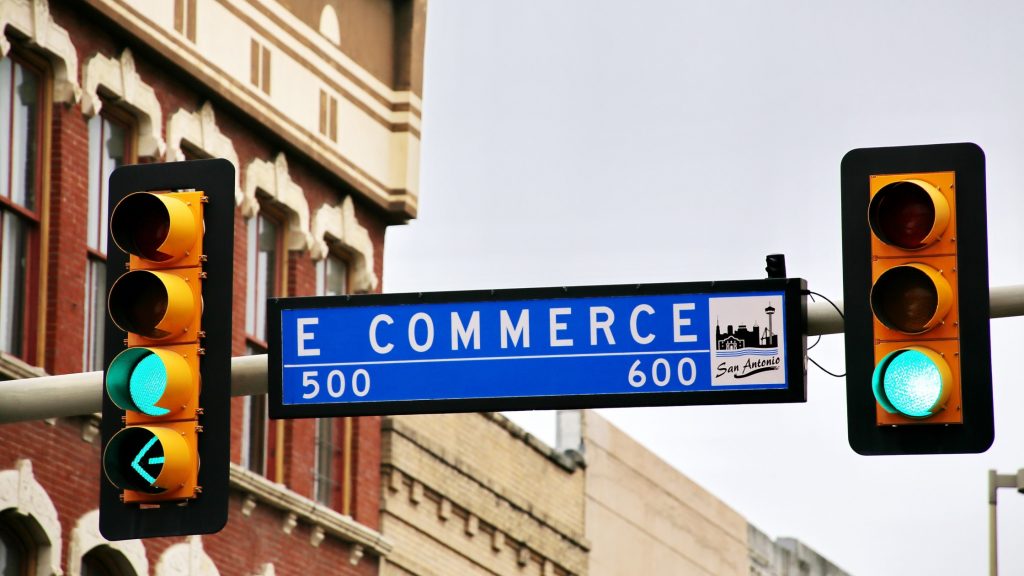Future proofing your Ecommerce store
At our digital agency we work with all kinds of websites, across a huge variety of sectors. And we love that, it’s what keeps work exciting. From small local businesses to giant international enterprises, we see it all and are more than equipped to handle anything that comes our way.
When aged and large ecommerce sites reach out to us for some TLC, the task at hand can feel like untangling a ball of coat hangers. When products have been added and added to old platforms the site begins to wean at the weight of it all, and things can get glitchy, confusing and begin to crash. There are lots of ways to prevent this from happening. But it’s better to give yourself a good foundation first before building an ecommerce site, ensuring functional longevity and the capacity to grow without risk to the infrastructure of the site. We picked the brains of our top developers to see what advice they had when building an ecommerce site.
A word from development
The first step in building your online store is to choose a platform you can work well with. Shopify, Magento and WooCommerce are all good examples of frameworks that can support and withstand the complexities of large-ecommerce sites. We can also do it fully bespoke. It takes a really experienced developer to do that.The only issue with using bespoke code to build a framework can be that if your business ever changed agency or moved to another developer, the website could be incredibly difficult to alter. It would be like giving an English speaker your brand guidelines in french. Not impossible, but without a doubt difficult and time consuming.
WooCommerce is preferable because it has open source code, and is regularly updated. If you want to guarantee long term site health, it’s wise to use as few plugins as possible. This in the grand scheme of things means less updates in general which means a lower cost yearly or quarterly for any required updates.
Usability
Less is more
Something we stand by when building a big ecommerce site… keep it simple. For the developers sake and your customers! The more simple your site is to navigate, the more likely it is that someone will click their way to conversion. It is a common rule in the digital industry to implement as few clicks as possible between initially landing on the site and the customer converting. Humans are an impatient species and the more time spent grappling with the steps needed to get what we want, the more likely we will lose interest and click off.
Accounts & Portals
As an extension of the point made above, giving the customers the function to create an account or company portal can make usability a real doddle. Saving people time and effort is always a winner. If you’re selling something that is more than likely going to be ordered in bulk and on more than one occasion, a portal that is personalised to that person, or company, will be really handy.
Filter Functionality
Use filters and keep it concise. If you’ve got loads of products to list, then it’s sensible to categorise carefully and provide a filtered view that is consistent across all pages. i.e. when someone goes onto page 2, make sure the filter remains in tact. Allowing customers to filter out what they don’t want to see, means they are more likely to find what they are looking for quickly, and checkout. Alsico, one of the largest ecommerce sites we market for, makes use of this function. They have over 500 pages of workwear garments… and as nice as they are, customers don’t want to trawl through an abundance of lab coats and fire proof jackets if they’re looking to buy a fleece. Saving customers time is a sure way to see more conversions.
Space & Loading Time
Don’t jam loads of products on one page. Give images appropriate space to breathe, you don’t want to cheapen your site by cramming everything in like a car boot sale. Not only that, but doing this can negatively affect page loading speeds. At Nu Image we prefer to use pagination on ecommerce sites as opposed to infinite load. This simple switch can increase page speed, improve mobile usability and aids navigation. Alsico may not have as many products as, say, Amazon, who sell over 12 million products and counting, but it is still important to consider that businesses grow. And we must give them room to do so. Pagination means we can add products to an ecommerce site without running the risk of weighing down the site with a huge infinite load.
We really do love a challenge at Nu Image. We are skilled when it comes to re-imagining & rebuilding ecommerce sites and we’d love to help you out if you’re feeling a little overwhelmed.
